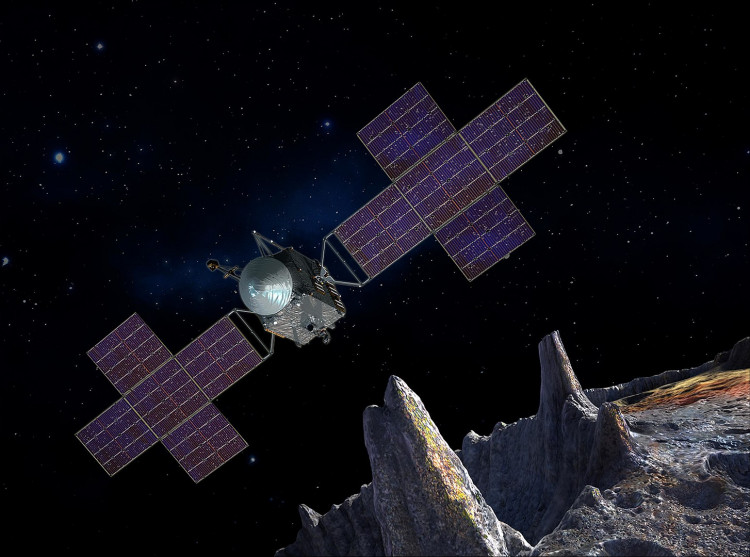A massive metallic asteroid, about three times further from the sun than Earth, has drawn the interest of scientists and astronomers around the globe since 1852. But now NASA has plans to travel to the rare, costly site.
Scientists wonder if this asteroid, called 16 Psyche, could be the exposed core of an ancient planet, once as massive as Mars, which lost its rocky outer layers following endless collisions billions of years ago. Scientists have various other hypotheses on how 16 Psyche may have evolved.
Astronomers analyzed 16 Psyche in both visible and infrared wavelengths, as well as radar, and discovered that the shape of the asteroid was much like a potato.
The incredibly expensive piece of space rock, one of the largest floating objects in the asteroid belt of our solar system between Mars and Jupiter, is said to be worth an astounding $10,000,000,000,000. That's $10 quintillion more than the entire GDP of the world.
The reason that this fascinating asteroid is worth so much money is that it is unlike most other asteroids that have rocky or icy bodies, NASA said. Scientists assume that the asteroid is mainly made of metallic iron and nickel, close to the Earth's core.
"We've seen meteorites that are mostly metal, but Psyche could be unique in that it might be an asteroid that is totally made of iron and nickel," Tracy Becker, a researcher with the Southwest Research Institute in San Antonio, Texas, said in a statement.
This suggests that this asteroid may represent a scale model of the Earth's core since it existed during planetary accretion before accumulating enough mass to become a planet. Psyche is the only known metal core body that is floating near enough for us to access.
What makes Psyche and the other asteroids so remarkable is that they are called the building blocks of the solar system, astronomers pointed out.
The asteroid passes around the sun in the orbits of Mars and Jupiter at a distance of between 235 million and 309 million miles from the sun. Psyche takes approximately five Earth years to complete one orbit around the sun, but just a little more than four hours to spin once on its axis (Psych "day"), NASA explained.
NASA plans to launch an asteroid research spacecraft in 2022. It will be several years longer, though, before researchers discover more precise information about the asteroid since the spacecraft will not arrive until the beginning of 2026.
With a projected orbit lasting 21 months, the spacecraft will chart and analyze 16 Psyche's properties to see if Psyche is a core or unmelted material, as well as map the topography of the asteroid to determine how it was formed in comparison to Earth. They hope that observing the asteroid will help them to understand the core of our planet.




